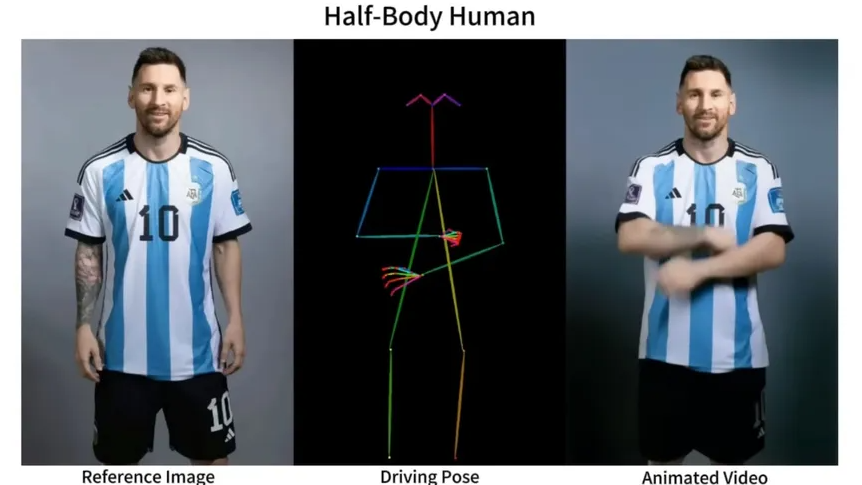
A team of researchers from the Chinese company Alibaba has introduced a novel artificial intelligence model that can generate animated videos from static images.
Named “Animate Anyone,” this innovative model relies on an extensive database containing hundreds of TikTok videos. Through its training process, it autonomously learns to animate human body movements convincingly by analyzing the diverse content available on the platform, according to a recently published research paper.
Initially, the model underwent training to recreate enhanced versions of TikTok videos, particularly those featuring content creators participating in popular dance challenges. The model accomplishes this by subtly altering the dancers and incorporating variations in clothing colors.
The release of videos generated using this new model has sparked concerns over its potential misuse in creating explicit content without the knowledge or consent of users.
Throughout the model’s training phase, researchers utilized video clips from renowned TikTok content creators, including Charlie D’Amelio, Addison Rae, Ashley Nocera, and others, without obtaining explicit consent. Additionally, numerous clips were sourced from users with no followers at all.
One of the researchers clarified that the training process for the new model involved leveraging a vast database of TikTok videos, conducting 340 training sessions across 100 videos encompassing various dance routines with durations ranging from 10 to 15 seconds.
The database utilized in the model was derived from a research sample employed in a prior study conducted in 2021 by researchers at the University of Minnesota. This sample involved the collection and analysis of 300 video clips featuring an individual performing diverse dances on TikTok. The researchers extracted color images using RGB coloring from the videos at a rate of 30 frames per second, resulting in a comprehensive database containing over 100,000 images.
Post-training on this extensive dataset of images and videos, the new model exhibits the capability to generate dance videos by incorporating the designed motion model for a specific dance. This involves adding the choreographed movements to the person depicted in the static image. Some observers view this advancement as potentially reshaping the landscape for short-form content creators on TikTok, as the ease of generating numerous videos with various dances increases, eliminating the need for a human content creator to physically perform them.
Leave a Reply